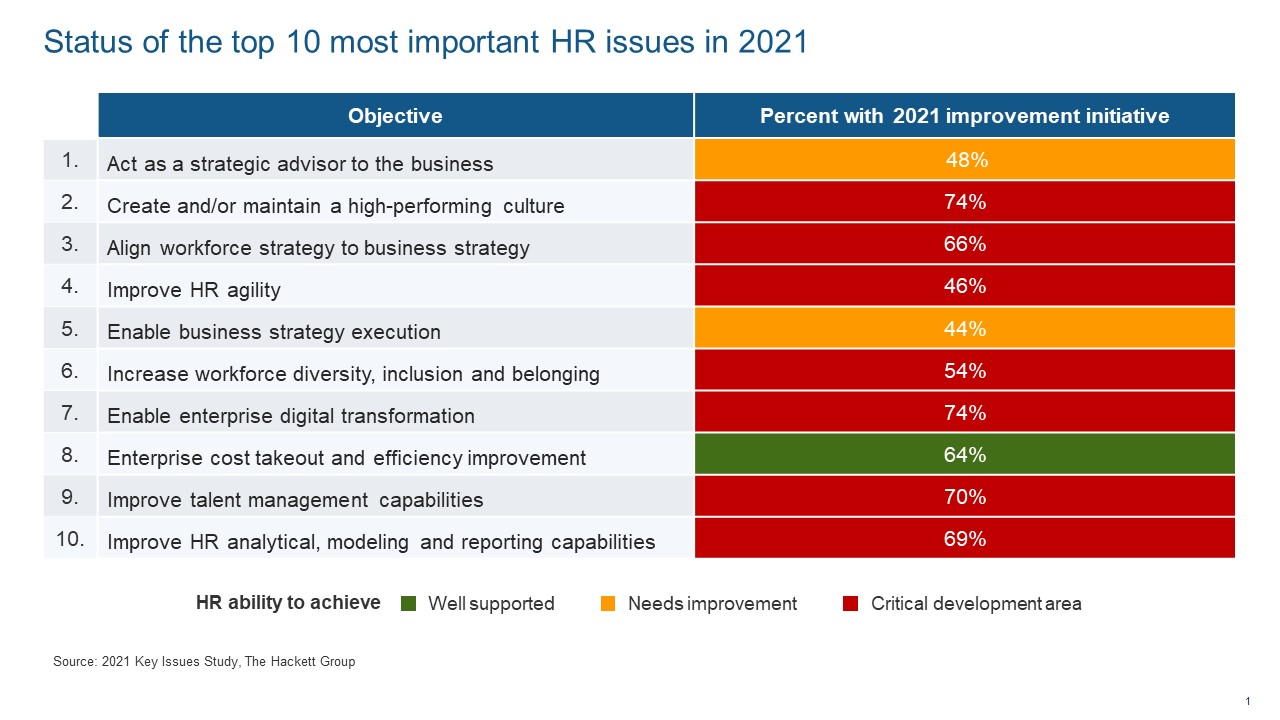HR is in the Spotlight as Employee Turnover Jumps and Demand for New Hires Skyrockets.
Everyone is talking about the Great Resignation. Is your company prepared?
No longer just speculation, the U.S. Department of Labor recently reported that a total of 11.5 million workers quit their jobs in April, May, and June 2021.
And this is just the beginning.
Surveys paint an alarming picture mid-pandemic:
- 41 percent of workers are considering quitting this year (54 percent of Gen Z is planning to sever ties with their employers)
- 48 percent to 52 percent of employees are looking for a new job this year
So much for the mindset that employees should just be happy to have a job in a downturn. Many workers are citing burnout, work/life imbalance, and COVID-related grievances for seeking better opportunities more in line with their values and lives.
Not surprisingly, these issues are arising as more workers are being asked to return to the office. In Austin, Dallas, and Houston, about half of office employees are already back at their desks.
This means that human resources managers are going to have to step up their game to retain and recruit employees.
Digital HR: The Way of the Future
HR is increasingly being asked to be a strategic adviser to the business as a whole, from guiding the leadership team to reimagining processes for the future.
The biggest manifestation of this is for HR to utilize digital tools to stay competitive, starting at recruitment and through onboarding and retention.
Some implementations of this include:
- Digital/paperless onboarding platforms
- Job management boards
- Recruitment and branding services such as Alloy
- Applicant tracking systems
- Collaboration tech
- Cloud computing
- Data collection and analysis
- Rewards and recognition software
- Performance management tools
- Learning and development tools
For instance, few HR departments are requiring in-person interviews, instead of embracing Zoom and other digital conference apps to meet potential employees and discuss performance reviews.
In a poll of more than 300 mid-to large-size companies, most executives say they plan to bring on new tech, especially systems that will help them identify employees who may leave so they can prevent that outcome, as well as potential problems that can be remedied early on.
One example of this is by monitoring employees’ mental and physical health by sending out digital surveys frequently. HR can then identify when workers are showing a negative shift in work-life balance both in the office and remotely, and make adjustments to help.
Another digital tool that is helpful is a reward/recognition platform such as Bonusly, which creates a company culture of appreciation by rewarding employees points that they can then exchange for gifts, cash, or gift cards.
Digitizing performance tracking — instead of making employees wait for that yearly review — can also serve to slow employee turnover. Research indicates that employees are more apt to leave a company if they can’t see a clear path for career growth.
Retention: Employee Satisfaction
What’s causing the Great Resignation? Surveys show that the No. 1 reason is burnout, followed by lack of advancement, compensation, being forced to work in the office, and not having flexible work hours and/or location.
Work Burnout
The emotional fallout of 2020 and the COVID-19 pandemic has caused many employees to take stock of what’s important to them and what is causing them anguish. And at the same time, rates of depression and anxiety quadrupled among U.S. adults in the past year.
In turn, well-being and mental health are top priorities for HR as a retention strategy.
Companies such as Salesforce have started mandating Fridays off when they see that their employees aren’t taking vacations, encouraging them to use the time to relax and recharge.
Other companies are offering benefits such as access to the meditation app Headspace, fitness apps, telemedicine appointments, and financial rewards for taking a vacation.
Work Flexibility
According to research, up to 88 percent of employees believe workplace flexibility is important, and companies that require a return to the office without flexible options may see more resignations in the long run.
Additionally, companies that accommodate their employees’ individual needs end up creating loyalty in the process.
By granting flexible hours, additional time off, or subsidized child or elder care to employees with young children at home or who are providing care for aging parents, you will find that they reciprocate in kind with productivity.
Speaking of flexibility, what about leaving behind the five-day workweek? Companies around the world are experimenting with four-day workweeks and finding that productivity actually increases.
And why not let your employees work remotely? They have already proven it can be done well and augmented reality tech coupled with teleconferencing could finally bridge that gap between the office and home.
Workplace Adjustments
If you want to see what a post-pandemic workplace could be like, look to Google.
Its plans include transformable team pods instead of cubicles that can be configured into different arrangements depending on the task and a meeting room that displays remote employees on large screens so they are equal to those who are physically present.
And what if you need privacy during a work call? How about access to your very own robot, which reads its surroundings to inflate a balloon wall.
Hiring: Employee Work/Life Balance
Employers in Texas are aggressively seeking new candidates as the demand for new hires increases throughout the second half of 2021.
In fact, 51 percent of Austin employers plan to add new full-time jobs. The same in Houston. Even more companies in Dallas (61 percent) are heavily recruiting.
This hiring surge is a direct response to the Great Resignation — with 80 percent of surveyed Austin employers saying they’ve experienced increased attrition this year. More than half of these Austin employers are sweetening their hiring package by offering a signing bonus.
But job seekers aren’t just looking for money. They have additional demands.
Total Rewards
HR managers will find that candidates are looking for a complete rewards deal, including learning opportunities, health, and wellness plans, work flexibility, and recognition.
Don’t expect that remote employees will want to work full-time in the office. Granting the flexibility of hybrid or full work-from-home possibilities shows that you trust the candidate to be autonomous.
Enhanced Diversity and Equity
Employees are increasingly conscious of the footprint of the company they work for. They are demanding a fair workplace and an employer who speaks up about socially relevant issues. In fact, 74 percent expect their company to be involved in such debates and to address any bias in the workplace.
'21 Top Strategic Priorities
Alloy is a culture & employer branding agency that evaluates, aligns, and syncs your three critical pillars of business to powerfully impact the bottom line.








